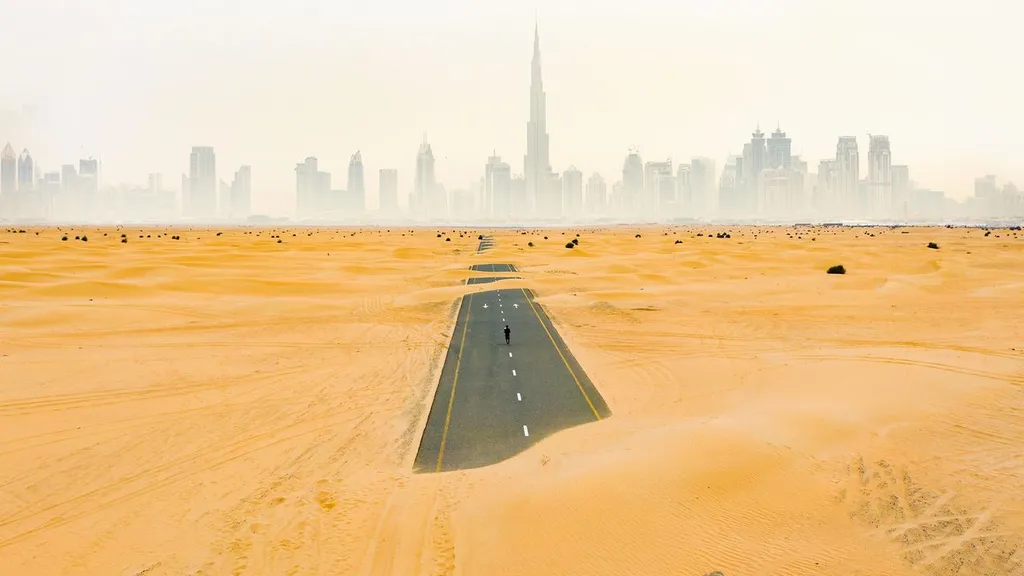In the heart of the United Arab Emirates, a groundbreaking study is reshaping the way we think about concrete construction. Hussein M. Hamada, a researcher from the Department of Architecture at the American University of Sharjah, has been exploring an unconventional resource: raw desert sand (RDS). His findings, published in the *International Journal of Concrete Structures and Materials* (translated to English), suggest that this abundant, locally available material could be a game-changer for sustainable construction.
Hamada’s research focuses on the long-term performance of concrete when natural sand is partially or fully replaced with RDS. The results are promising. “We found that incorporating RDS significantly affects both strength development and water absorption,” Hamada explains. “The highest compressive strength was achieved with 75% RDS, while the maximum splitting tensile strength and the lowest water absorption were recorded at 50% RDS.”
But the benefits extend beyond mechanical performance. The study reveals that using RDS can reduce the embodied carbon footprint of concrete by up to 2.48% and cut costs by 7.34% compared to conventional mixes. This is a significant step forward in the quest for sustainable construction materials, especially in regions where desert sand is plentiful.
The implications for the energy sector are substantial. Concrete is a key material in energy infrastructure, from power plants to renewable energy installations. By adopting RDS, companies can reduce their environmental impact and operating costs. “The eco-strength efficiency improved substantially,” Hamada notes. “This confirms RDS as an eco-efficient aggregate.”
The study suggests that optimal replacement levels of 50–75% RDS offer the best balance between mechanical performance, durability, cost reduction, and carbon footprint mitigation. This could pave the way for broader adoption of RDS in sustainable concrete applications, particularly in arid regions.
As the world grapples with climate change and resource depletion, innovative solutions like Hamada’s research are more important than ever. By harnessing the potential of raw desert sand, we can build a more sustainable future—one concrete mix at a time.

